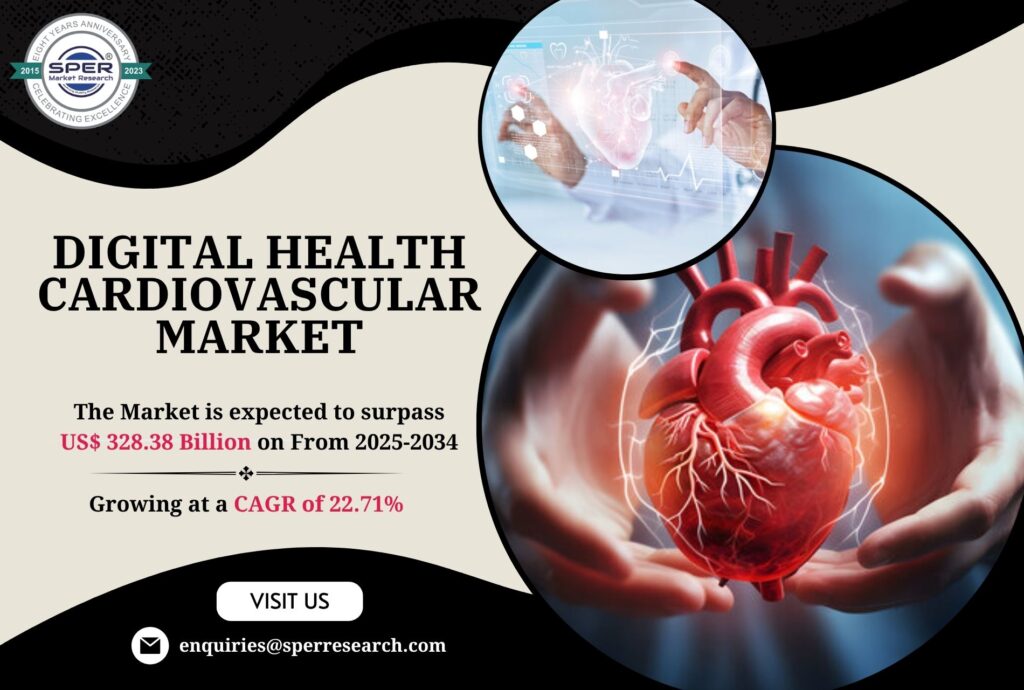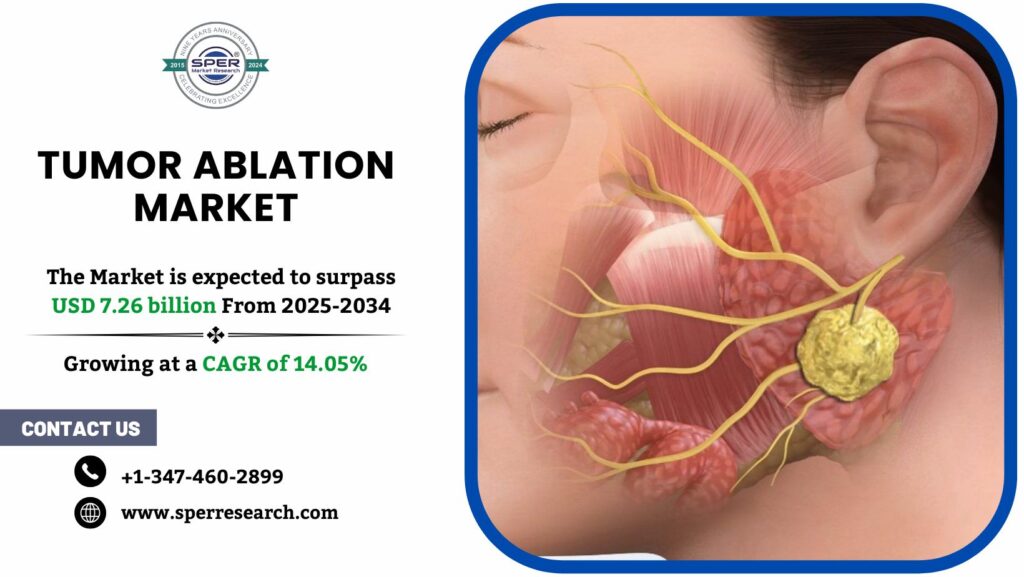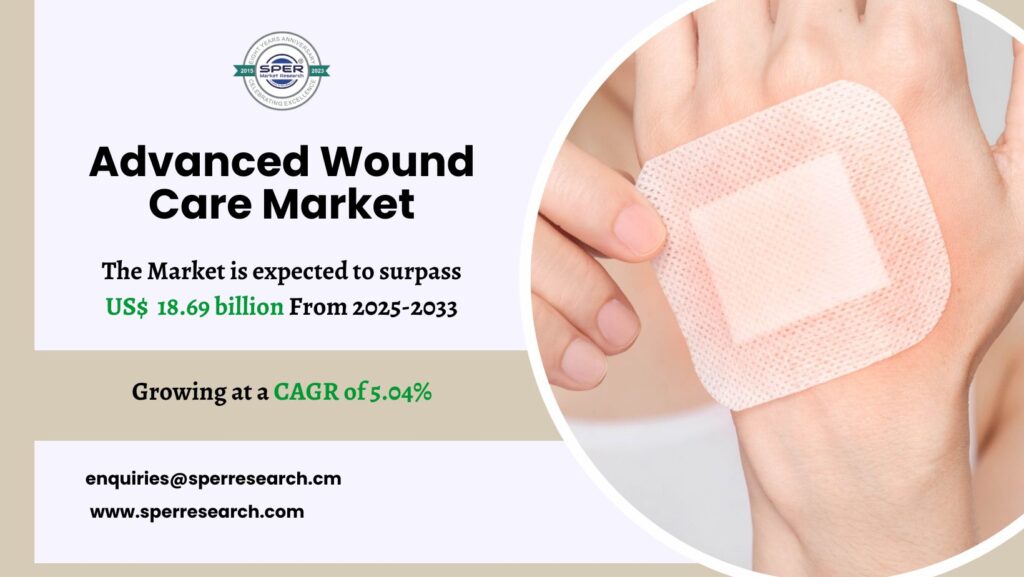Liver cancer drugs are medications specifically developed to treat cancerous growths in the liver by destroying or controlling malignant cells while aiming to preserve healthy tissue. These therapies work through different mechanisms such as blocking cancer cell growth, enhancing immune response, or directly targeting tumor pathways. The term encompasses a wide range of treatments, including chemotherapy, targeted therapy, and immunotherapy, each designed to improve survival and quality of life for patients. As liver cancer remains a critical health challenge, ongoing research and innovation continue to expand the options available, offering more effective and safer therapeutic approaches for patients.
According to SPER Market Research, ‘Global Liver Cancer Drug Market Size- By Therapy, By Type, By Distribution Channel – Regional Outlook, Competitive Strategies and Segment Forecast to 2034’ state that the Global Liver Cancer Drug Market is predicted to reach 20.37 billion by 2034 with a CAGR of 18.13%.
Drivers:
The increased prevalence of liver cancer, which is now the second biggest cause of mortality after cardiovascular disease, is pushing the need for new treatments. Environmental factors, alcohol usage, smoking, and fast urbanization have all played a role in its increasing prevalence. This expanding dilemma emphasizes the crucial need for new effective treatments. At the same time, cancer research and development is accelerating, with novel techniques such combination therapy using new or current pharmacological molecules adding to the pipeline for liver cancer treatment. Strong support from governments and international healthcare organizations for R&D funding, together with the increased acceptance of biosimilars, is likely to enhance market growth.
Request a Free Sample Report: https://www.sperresearch.com/report-store/liver-cancer-drug-market?sample=1
Restraints:
Adverse drug effects and strict regulatory requirements act as major barriers to the growth of the liver cancer drug sector. While high-dose treatments are effective in destroying tumor cells, they also damage healthy cells, leading to severe side effects such as fatigue, hair loss, digestive disorders, and skin complications. These challenges often reduce patient compliance and hinder acceptance of therapies. In addition, stringent clinical trial regulations and lengthy approval processes enforced by health authorities slow down the development and availability of new therapies. Combined, these factors significantly restrict opportunities for growth in the liver cancer treatment landscape. North America leads in liver cancer drug development, due to excellent healthcare systems, strict regulations, and cutting-edge medical technology. Rising awareness and patient trust drive acceptance, while essential players and continued research promote innovation. This combination broadens treatment options and improves outcomes, putting the region at the forefront. Some of the key market players are Bayer AG, Bristol-Myers Squibb Company, Eisai Co., Ltd, Eli Lilly and Company, Exelixis, Inc, and others.
For More Information, refer to below link: –
Liver Cancer Drug Market Share
Related Reports:
Clinical Trial Supplies Market Growth
Oral Antidiabetic Drugs Market Growth
Follow Us –
LinkedIn | Instagram | Facebook | Twitter
Contact Us:
Sara Lopes, Business Consultant — USA
SPER Market Research
enquiries@sperresearch.com
+1–347–460–2899








